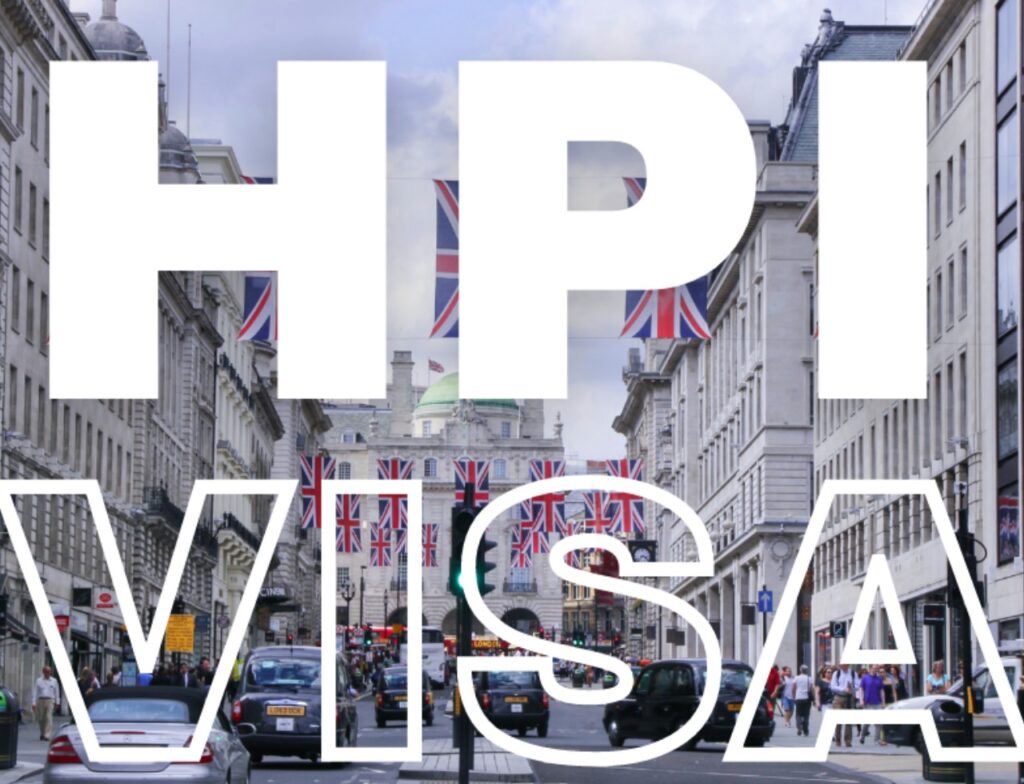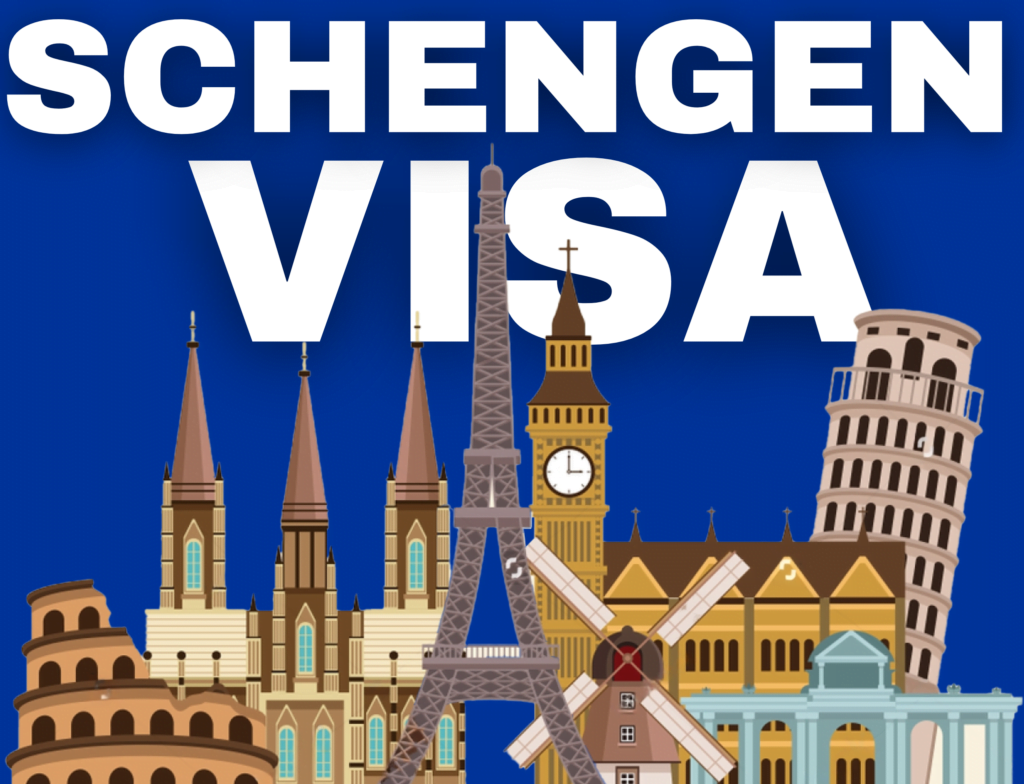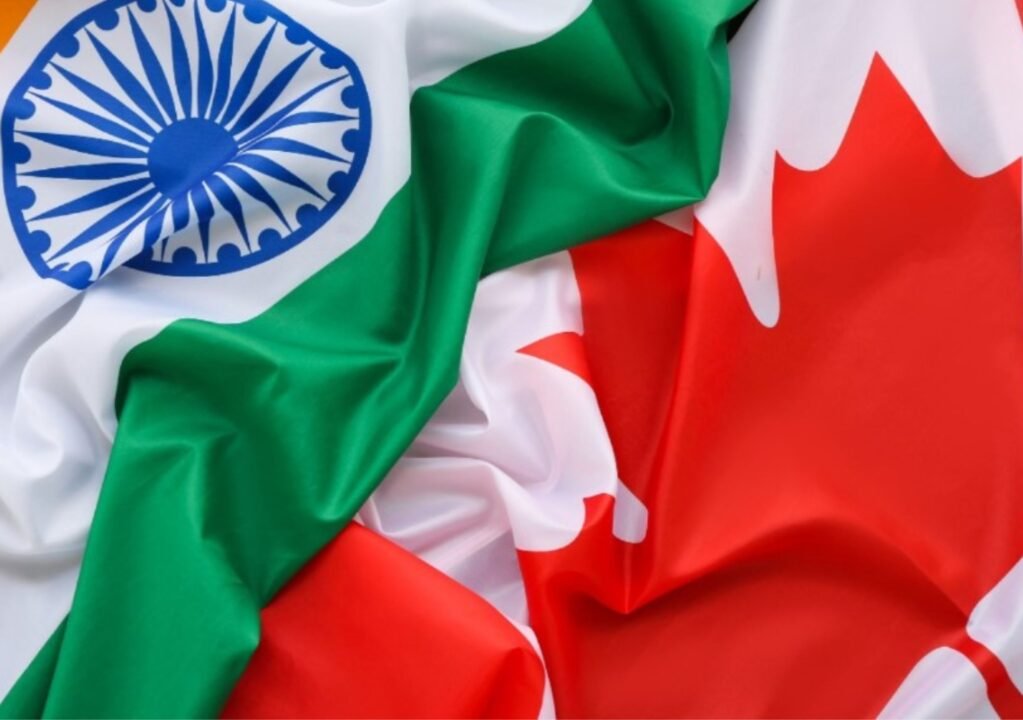Years gone by, what was considered a promise—the Canadian dream for Indian students, and in this case from the state of Punjab—has now reduced to a game of gamble to uncertainties. Not long ago, admission to any Canadian college was thought to have guaranteed the entitlement to a work permit and permanent residency, culminating in citizenship. However, that smooth track has been disturbed, and thousands of students have been put into one jam.
Canadian colleges, widely referred to as “degree mills, of course offered their warm embrace to the swarms of foreign applicants coming to win degrees in vocations that might enable them to secure work visas and eventually, citizenship. That has changed markedly, for today’s Canada struggles with high unemployment and sluggish economic growth. M. Justin Trudeau’s minority government, dependent on the New Democratic Party, finds itself in the hot seat, as exasperation with contemporary aspects of immigration has reached a fairly high boil. Consequently, the government capped how many temporary foreign workers can be hired—a move squarely aimed at the thousands of students and workers who were using such channels to secure their future in Canada.
Protests and Political Turmoil: Streets of Indian Students
For international students and temporary foreign workers from India, the reality check of losing their work permits and facing possible deportation has grown into mass protests after nationwide protests in Canada. Demonstrations have been largest in provinces like Prince Edward Island, where students and labourers camped out in front of government buildings to press for immigration policy revisions.
In February this year, the PEI government announced a 25 percent cut in the number of people nominated for permanent residency under the Provincial Nominee Program, citing its pull on the health-care system and housing market. A new policy that gives priority to workers in identified sectors such as health and construction puts hundreds of immigrants in other fields, such as retail, at risk of not having their work permits renewed. Such decisions, along with the general clampdown on temporary workers, have therefore fanned dissatisfaction amidst people who have invested their savings and hope in the great Canadian dream.
The Canadian Response: Education is a Privilege Endowed Upon Humanity, Not a Human Right
The Canadian immigration officials, among them Immigration, Refugees, and Citizenship Minister Marc Miller, have reiterated over time that a study permit does not guarantee a pathway to permanent residency. He said international students should not come here with expectations of permanent residency but of learning and returning to their countries with acquired skills. This is contrary to the aspirations of many Indian students who saw their education in Canada as a ticket for a better life.
Indian students also staged demonstrations against grading systems at several Canadian colleges, claiming that the policies were biassed and they had to pay extra for re-examinations. The protest demonstrations gained partial concessions in the form of offering more opportunities to students failing in exams, adding to the tense atmosphere related to international studies in Canada.
That said, blatant misuse of the temporary foreign worker program in Canada has been vilified, even by a special rapporteur from the UN, as being tantamount to “contemporary forms of slavery” through the exploitation of such workers. Finally recruiting businesses to invest in Canadian youth and workers, Prime Minister Trudeau recently announced that the number of low-wage foreign workers would be cut. But the policy U-turn has appeared to have little immediate effect, rather merely redoubling the protests because students and workers affected have to grapple to replace alternatives.
The explosion of temporary foreign worker permits has contributed to rising unemployment among newcomers. A recent report indicated that in June, unemployment for temporary residents, which include students and foreign workers, reached 11%, compared with the national average of 6.2%. There has been competition inside the pool of temporary residents because of the oversupply of low-wage foreign labour, which has pushed many to the edge of unemployment.
Conclusion: Stepping Into the Uncertain Future
For Indian students, the Canadian dream has turned into a gamble—a volatile ecosystem of ever-changing immigration policies and economic conditions. The promise of education and work with eventual citizenship has been taken over by protests, policy shifts, and economic challenges brought about by the ever-evolving global scenario. From each policy change, views are ultimately leading thousands of Indian students and temporary workers in Canada into the unknown future.





